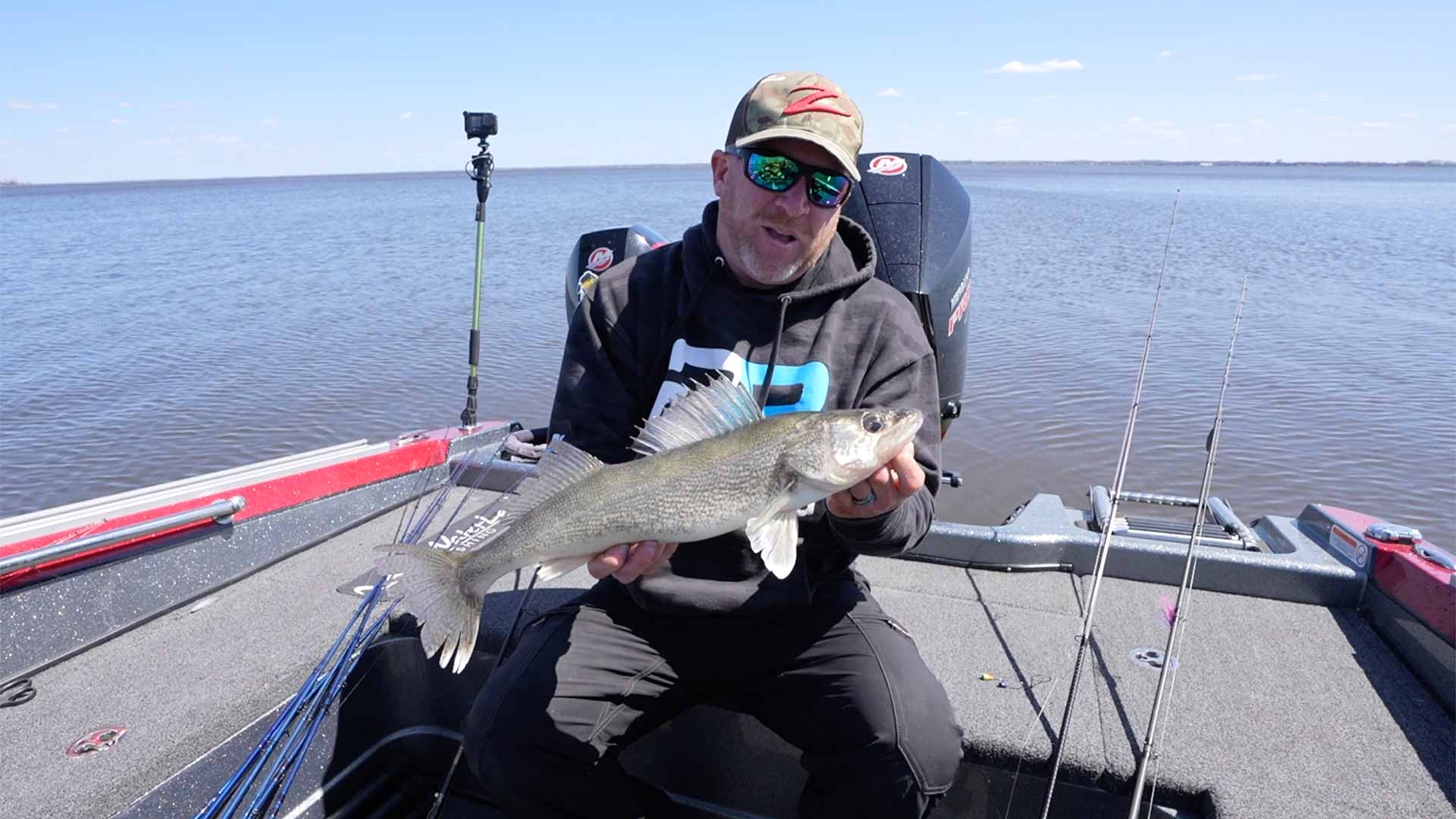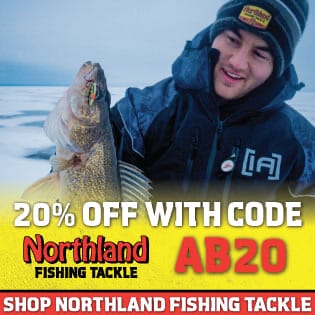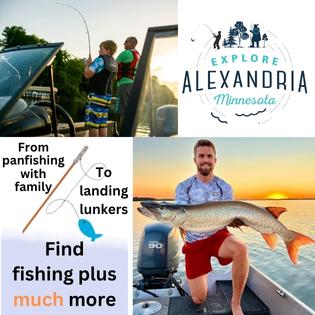Jig and minnow is a sure bets for walleyes in spring. Some jig styles work better for casting, while others excel for vertical jigging. Know the difference to get bit!
Jig and Minnow Fishing for Spring Walleyes
During the springtime a good population of walleyes are in two to ten feet of water and a great way to target them is by jigging.
Short shank jigs like VMC’s Hammer head in 1/16 and 1/8th ounce are a great option for vertical presentations in the spring.
There are a multitude of variables when choosing a jig for springtime walleye. Factors like depth, current, and wind speed all play a role when choosing a size.
The size of the minnow and bottom type also factor in. As a kind of rule of thumb, the bigger the minnow, the heavier and bigger the jig head.
Jigs with longer shanks are preferred for casting because the minnow is less likely to come off especially if you use the double turn method. Jigs like VMC Neon Moon Eye or VMC Sleek jig are both great long shank options.
When it comes to choosing the type of minnow, here in Northern Minnesota shiners are generally the preferred minnow. Followed by rainbows minnows and then fathead minnows.
All of them can produce walleyes with the right presentation and during the spring it is tough to beat a jig.
Jig & Minnow Fishing for Spring Walleyes
Spring is a prime time for walleye fishing, and one effective technique is using a jig and minnow combination. In this article, we will discuss the best practices for jig and minnow fishing, including the choice of jig, hooking the minnow, and selecting the right bait. We will also share a helpful tip for keeping your bait alive and preventing the spread of aquatic invasive species. So, let’s dive in!
Choosing the Right Jig
When it comes to jig and minnow fishing for walleyes, one popular choice is the hammerhead jig with a short shank hook. This jig is available in various weights, ranging from 1/16 to 1/8 ounce. The appropriate weight depends on several factors, such as the depth of the water, current speed, wind conditions, the size of the minnow, and the type of bottom structure.
As a general rule, the larger the minnow, the heavier the head of the jig should be. This helps the jig and minnow combo hop across the bottom and entice hungry walleyes. However, it’s important to note that the nature of the short shank hook is better suited for vertical or slightly vertical fishing, rather than casting or pitching.
If you’re planning to cast a jig and minnow, it’s recommended to use a long shank hook. This type of hook provides better hooking and holding capabilities when casting or pitching. To ensure that your minnow stays securely on the hook, here’s a quick tip: use the double turn hooking method. Start by inserting the hook through the minnow’s mouth, then out through the gills. Finally, turn the hook and run it through the center of the minnow. This technique is highly effective for keeping your bait on the hook, especially when doing a lot of pitching.
Selecting the Right Bait
When it comes to bait selection for walleye fishing, most anglers in this area recommend using shiners. Shiners, especially spot tail emeralds, are considered the best bait for walleyes. However, if shiners are not available, rainbows followed by fatheads are the next best choices. It’s important to keep in mind that the cost of bait and the risk of aquatic invasive species make it challenging to keep bait alive for multiple days.
Preventing the Spread of Aquatic Invasive Species
To help prevent the spread of aquatic invasive species and keep your bait alive for longer periods, there’s a cool bucket system from Excel Outdoors that you can use. This system involves keeping fresh water on your trailer. At the end of the day, when you’re done fishing, you can scoop your minnows from the live well and place them in clean water. This not only helps you comply with legal requirements but also saves you money at the bait shop.










